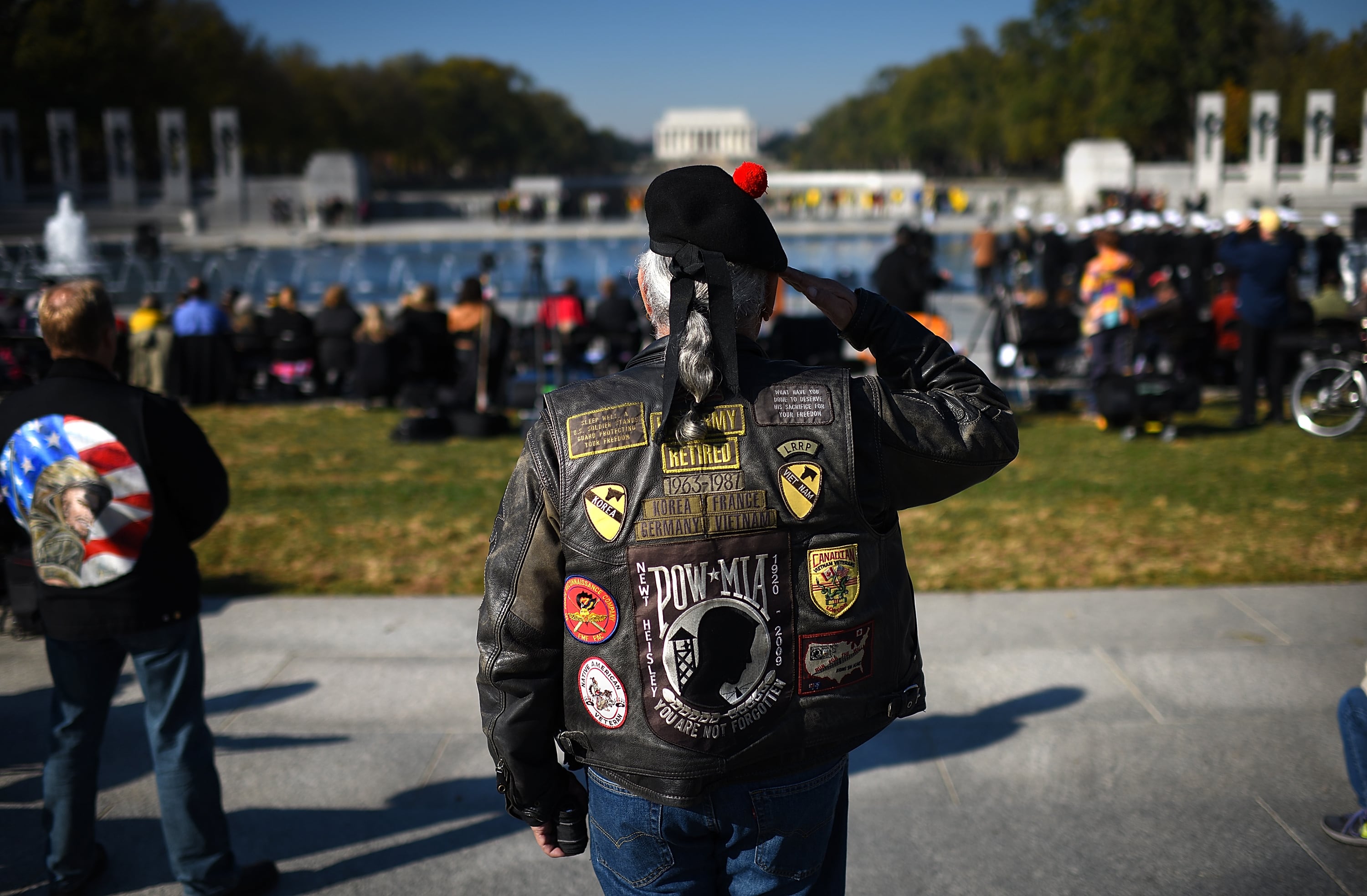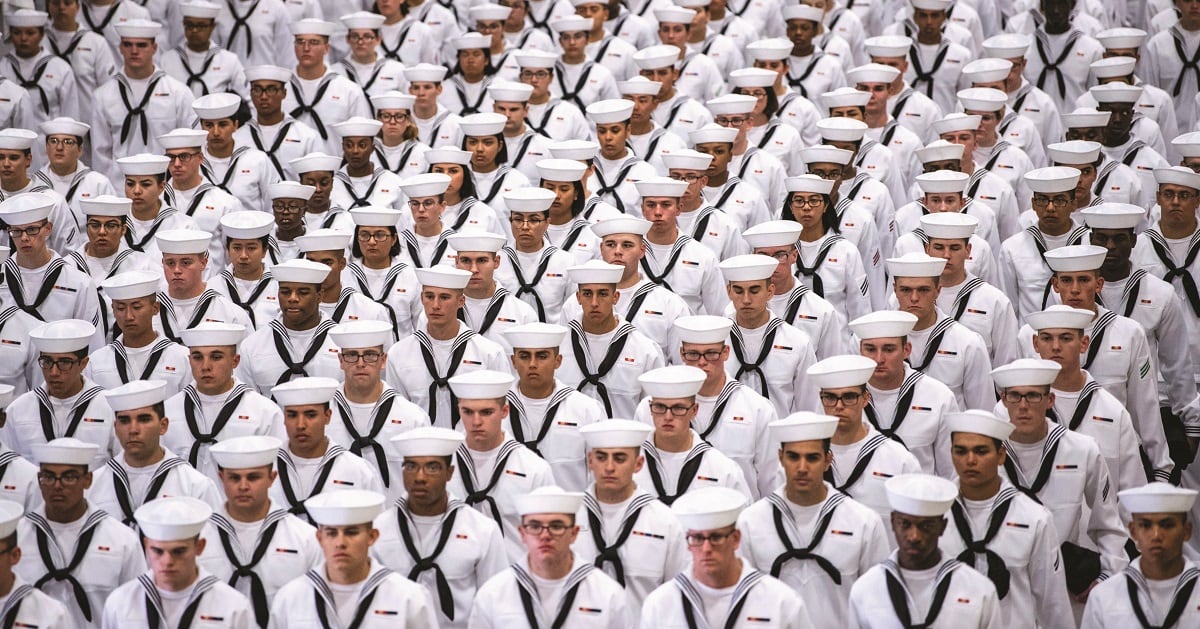WASHINGTON — The world’s largest navy has spent the last few years feeling like it was being put in check.
China and Russia have heavily invested in anti-access technologies aimed at holding its main force-projection assets — aircraft carriers — at risk. Now the U.S. Navy and the upper ranks of the military are preparing to take back control of the game board, and it’s looking to unmanned technologies to help.
The U.S. surface fleet has for the past few years sought to flip the script on actors such as China. The fleet aimed to move from a role of simply defending the carrier to going on the offensive.
The goal was to spread out over a wide area to strain Chinese intelligence and reconnaissance assets and thereby exercise a degree of sea control in places such as the South and East China seas that China seeks to deny with long-range, anti-ship missiles and an ever-growing fleet.
RELATED
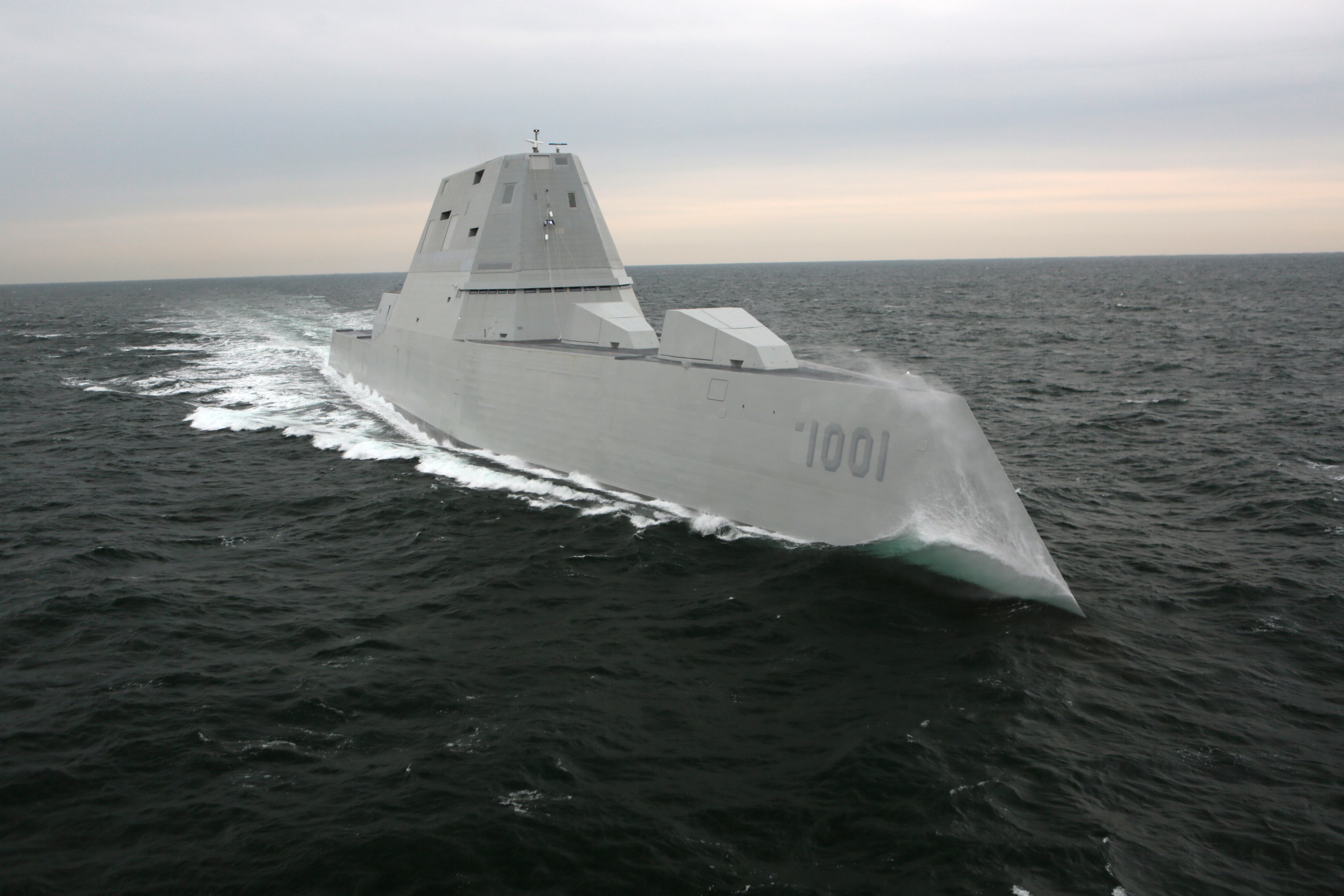
Initially, the push was to add big surface combatants to hold down the Navy’s hefty commitments for peacetime presence while maintaining enough firepower to both defend themselves and project power in an anti-access environment.
But that’s changing.
The Navy plans to spend this year taking the first few steps into a markedly different future, which, if it comes to pass, will upend how the fleet has fought since the Cold War. And it all starts with something that might seem counterintuitive: It’s looking to get smaller.
“Today, I have a requirement for 104 large surface combatants in the force structure assessment; I have 52 small surface combatants,” said Surface Warfare Director Rear Adm. Ronald Boxall. “That’s a little upside down. Should I push out here and have more small platforms? I think the future fleet architecture study has intimated ‘yes,’ and our war gaming shows there is value in that.”
Enter: the rise of the machines.
The paradigm shift is moving the fleet away from platforms like the Arleigh Burke-class destroyers — enormous, tightly packed ships bristling with capabilities, weapons and sensors, but enormously expensive to build, maintain and upgrade.
“It’s a shift in mindset that says, instead of putting as much stuff on the ship for as much money as I have, you start thinking in a different way,” Boxall said in a December interview. “You start saying: ‘How small can my platform be to get everything I need to be on it?’
“We want everything to be only as big as it needs to be. You make it smaller and more distributable, given all dollars being about equal. And when I look at the force, I think: ‘Where can we use unmanned so that I can push it to a smaller platform?’ ”
The Navy is getting ready to find out.
Inside Boxall’s OPNAV N96 shop, officials are preparing a request for information from industry for two new classes of manned or optionally manned warships: a medium sensor platform along the lines of the Defense Advanced Research Projects Agency’s Sea Hunter, and a large unmanned surface combatant able to carry sensors and weapons — an unmanned ship on a scale never yet attempted.
The RFI is the first step in the process toward creating a program to design and build the ships.
The idea
The unmanned surface combatants are part of an overall fleet structure that has been approved by the Joint Staff, Boxall said, and includes both the Navy’s next-generation frigate and the large surface combatant that will ultimately replace both the cruisers and the destroyers.
In this construct, the manned combatants will act as command and control for the unmanned sensors and shooters, keeping humans firmly in the loop.
For the medium unmanned surface combatant, the fleet is looking at a forward sensor platform that can connect back to manned surface combatants that can process and act on the data.
“Should we put a sensor forward on a medium unmanned platform [to detect air targets]? Should we look at [anti-submarine warfare] with the sensors out ahead of the force or on a prescreen? Those are the types of things we are looking at when you talk about the medium unmanned — mostly you are talking about sensors and communicating them in some ways,” Boxall said. “Sensing, communicating and maybe a little bit of command and control.”
In regard to the large unmanned surface combatant, Boxall and his team are researching what’s needed to get a big sensor like a solid-state phased array radar onboard, along with missiles to make it a no-b.s. killer.

“When you look at bigger unmanned, well then maybe you need to think about things that require a bit more space to do: a larger sensor or even an offensive payload,” Boxall said. “So if you look at our force right now, we have [the vertical launching system]. Should we put VLS on there? Maybe, or maybe there are different kinds of things we could do with payloads that are big.”
All these platforms will need to be part of a common combat system, and have common parts to reduce the amount of specialized training that sailors need to operate them, as well as the costs of parts necessary to fix them. The fleet is developing a combat system that will work much like an iPhone where different senors and systems plug into the main system in the form of applications for easy integration.
RELATED

The service has been developing some expertise at operating with unmanned surface ships thanks to Sea Hunter, Boxall said.
“We’ve got Sea Hunter out there today, and we’ve done some incredible things with [it] in terms of its autonomy: teaching it how to get from point A to point B safely,” Boxall said. “We’re learning about reliability of engineering. We’re learning about how to interact with [Sea Hunter] in terms of different payloads — what should we put on those things?
“We don’t think this should be very expensive, and we don’t think it should be hard to do.”
Network everything
Boxall’s plan to develop and unleash unmanned killer robot ships is an integral part of the Navy’s new tactics to counter Chinese maritime advancements and, to a more limited extent, those of Russia.
Though public details of what the Navy is calling “distributed maritime operations” are scant, it seems to stem from an idea that was developed inside the surface Navy, known as “distributed lethality.” The idea was to put the Navy’s surface combatants back on the offensive, spreading out to stretch Chinese intelligence and surveillance assets and leave openings for offensive strikes.
Additionally, the plan called for putting missiles on everything the Navy put to sea to force the Chinese to think about every single ship, not just combatants.
The Navy further evolved this idea, and in 2017, the service’s top admiral began talking about relying on networks to broaden the reach of any group of ships.
Chief of Naval Operations Adm. John Richardson argued that increased competition with China and Russia and the proliferation of surveillance technology means that the Navy must create new advantages by growing the fleet and increasing both the capabilities and interoperability of each ship.
“How do all these platforms work together?” Richardson asked an audience at a technology forum. “In the extreme, I’d want to network everything to everything.”
The Navy is now talking about this construct in terms of each asset being a node in a network, meaning that the admirals want as many vessels with radars, sonar and electronic sniffing equipment on the water as possible and spread out (or “distributed”) over a large area. Each ship or aircraft or unmanned vessel is referred to as a “node.”
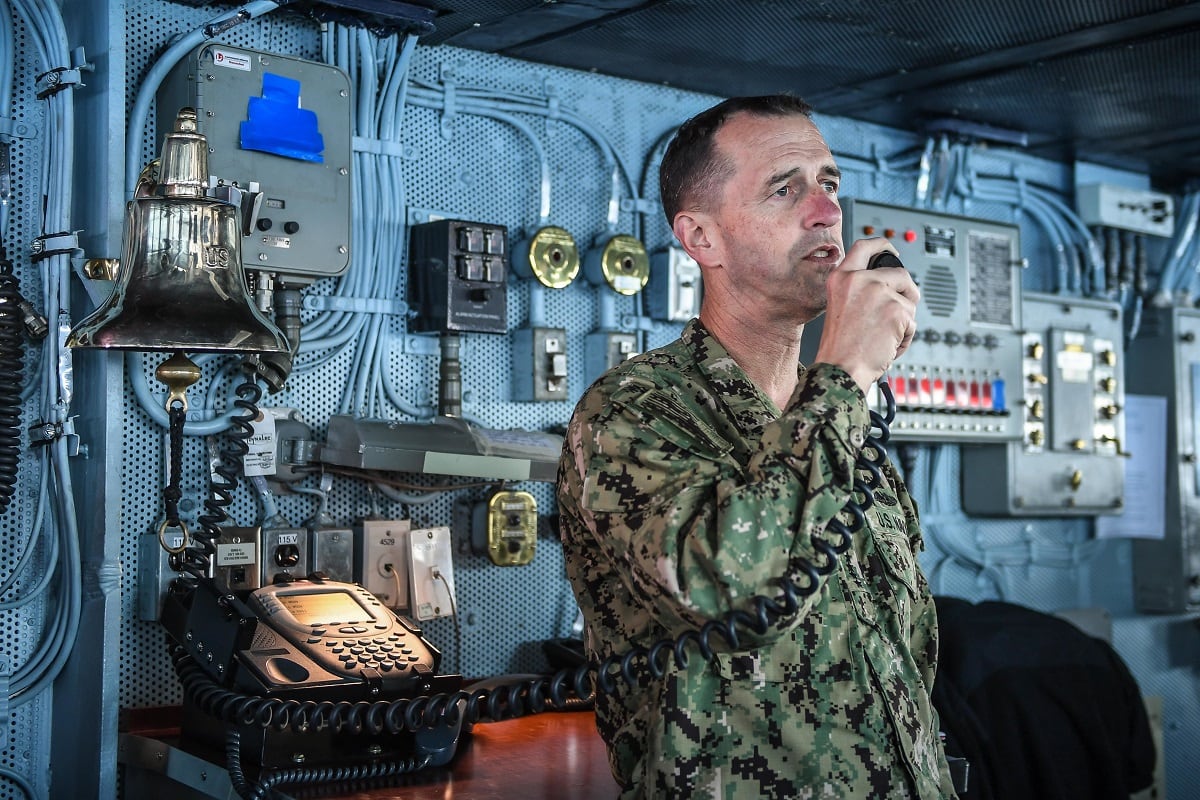
At a training conference in Orlando last fall, Boxall told the audience that getting to the fleet’s goal of 355 ships was going to include unmanned ships.
“If you think about what we are trying to do with the surface force, we have large and small surface combatants that will [ultimately make up part of the 355-ship Navy], but we have no requirement for unmanned surface vessels right now, which I see as an absolutely critical part of distributed lethality, distributed maritime operations environment that we are moving into,” he said. “Ultimately I need more nodes out there.”
That idea has led to a new construct around sensor and shooter platforms that includes the future frigate FFG(X), the large surface combatant, and the medium and large unmanned platforms.
“If I look at my force, it’s a collection of sensors, a collection of shooters, and a collection of command and control,” Boxall added. “That’s really all we do. We take in information, put something out there, or you are managing the fight.
“So the [large surface combatant]: big sensor, big shooter. You are big command and control and the self-defense to do it effectively. At the smaller level, [FFG(X)]: small sensor, small shooter, small command and control, but I can be in more places because it is cheaper and smaller. Then we go down even further, we go to unmanned. You’re probably going to be one or the other — a sensor, a shooter, but probably not both.”
What’s next?
"Will this really work?” Boxall asked.
To find out, the Navy has turned to industry to find out what’s possible, as soon as possible.
“We expect to go out with an RFI for medium and large surface vessels,” Boxall said. “We are going to start getting feedback from industry: What is it that you can bring into this space that we know about or don’t know enough about?
“How are you doing on range? What would you carry? How would you do things we are doing today on those sized platforms? Come talk to us, and then once we get enough information we’ll turn that into an industry day, and hopefully we’ll have some programs in the future that will start putting ideas and prototypes and money out to try and accelerate what we’re doing in this unmanned space.”
RELATED
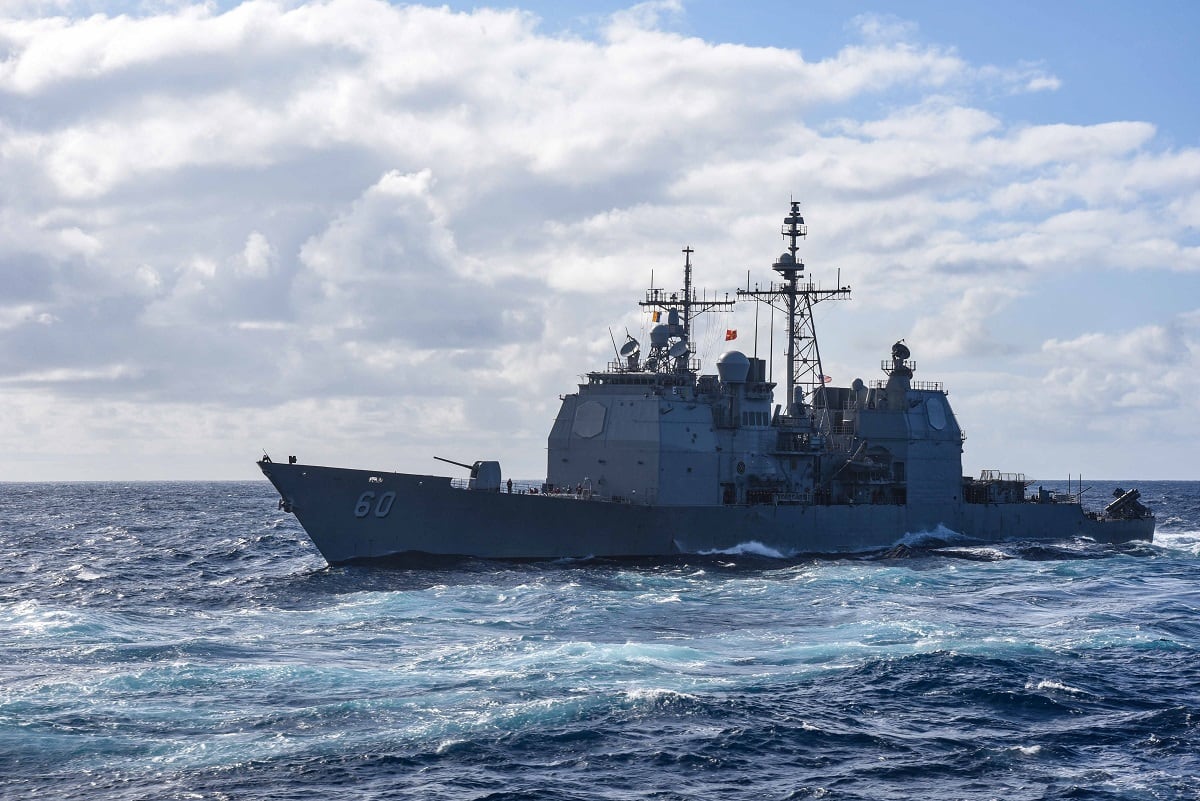
The grand vision for the surface fleet, which includes at least the four new platforms of FFG(X), large surface combatant, and the medium and large unmanned surface combatants, leaves a lot of questions about what the Navy is currently buying, and whether it can afford to perform its missions while buying a pair of aircraft carriers, a new class of ballistic missile submarines and 10 new Flight III guided-missile destroyers, not to mention the F-35C fighter jet.
“The vision is going to have to be accompanied by numbers,” said Bryan Clark, a retired submariner and analyst with the Center for Strategic and Budgetary Assessments. “The role of each ship makes sense, but they are going to have to translate this into a ratio because there are implications for what we are buying now."
“We are buying 10 new destroyers on this multiyear contract, for example,” he added. "At some point that is going to crowd out the funding you need to buy more frigates. The unmanned combatants are not as expensive as a ship, but they’re not cheap either. You’ve got to free up resources. I’d like to hear them talk about their implications for what’s the mix.”
David B. Larter was the naval warfare reporter for Defense News.

